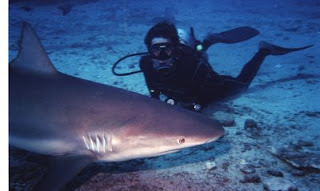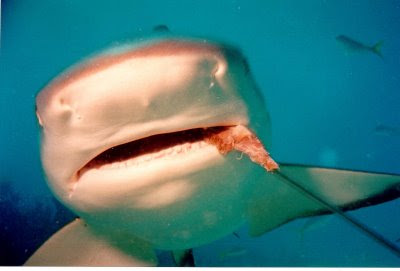Short pieces about shipwrecks and dive boats

. . Six Dive Wreck Shorts from the January issue of Diver Magazine cutline: the liveaboard diveboat the Spree watches as the Texas Clipper is scuttled off Padre Island to create an artifical reef and a new dive site. By Stephen Weir Deeper is not always better in Florida Dive chat boards around the world have been deep in discussion lately talking/typing about how a scuttled aircraft carrier has moved deeper into the Gulf of Mexico. Apparently this summer’s Hurricane Gustav not only battered the Gulf’s north coast, it actually shifted the Oriskany, the world’s largest artificial reef. In May 2006 when the aircraft carrier was towed out into the Gulf near Pensacola, Florida, and sunk, the flight deck of the Oriskany was 135 ft (45 m) below the surface. After Hurricane Gustav rumbled through the area, the sunken ship slipped 10 ft (3.3 m) deeper into the Gulf. While it is not unusual for sunken ships to shift and settle on the bottom of the ocean, what has attracted the attention of





